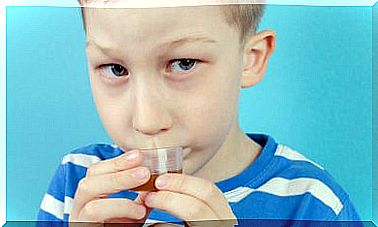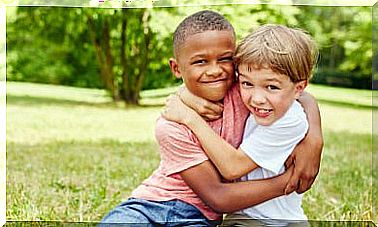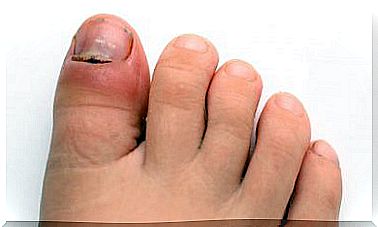3 Intervention Programs Aimed At Children With Autism

Children with a diagnosis of Autism Spectrum Disorder (ASD) are generally characterized by showing problems when developing language and communication (both verbally and non-verbally), by manifesting difficulties related to social skills and by present an inflexible, rigid and absolute thinking. This affects them significantly on a day-to-day basis.
Fortunately, currently, there are various intervention programs aimed at children with autism in order to work on improving these deficits. Next, we introduce you to some of them.
But, first, you should be clear that the aforementioned difficulties may appear to a greater or lesser degree depending on each person with ASD. Therefore, psycho-pedagogical intervention must be adapted to the special needs of the child in question. That is, a specialized and personalized intervention must be carried out according to the characteristics of the child and their environment.
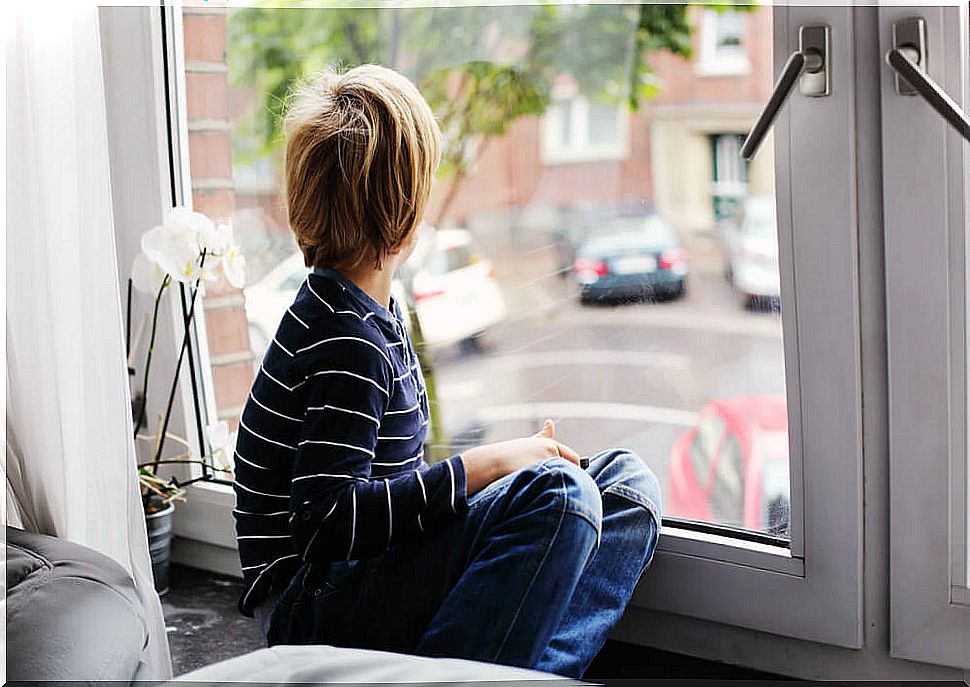
3 intervention programs for children with autism
The ABA method
The ABA Method ( Applied Behavior Analysis or Applied Behavior Analysis ) is an intervention model aimed at children with autism so that they can enhance and develop new skills, generalize appropriate behaviors to other situations and reduce unwanted behaviors.
This method is based on operant conditioning, as it consists of positively and systematically reinforcing the child, giving him a prize (food, praise, song, game, etc.), each time he performs certain desirable behaviors related to the following areas:
- Adaptive skills.
- Motor skills.
- Language.
- Social skills.
- Cognitive habilyties.
- Executive functions.
- Academic skills.
- Gaming skills.
These, in turn, are divided into smaller tasks to facilitate their execution and to be able to reach the maximum level of the individual.
The TEACCH model, one of the intervention programs aimed at children with autism
The TEACCH ( Treatment and Education of Autistic and Related Communication Handicapped Children or Treatment and Education of Children with Autism and Related Communication Problems) model is based on:
- Structuring the environment : optimally organizing physical spaces, schedules, materials, etc.
- Use of materials and visual indications.
- Family collaboration, using the same materials and techniques at home.
This method is perfectly adapted to the special needs of children with autism and thus facilitates their learning and the proper development of social and communication skills.
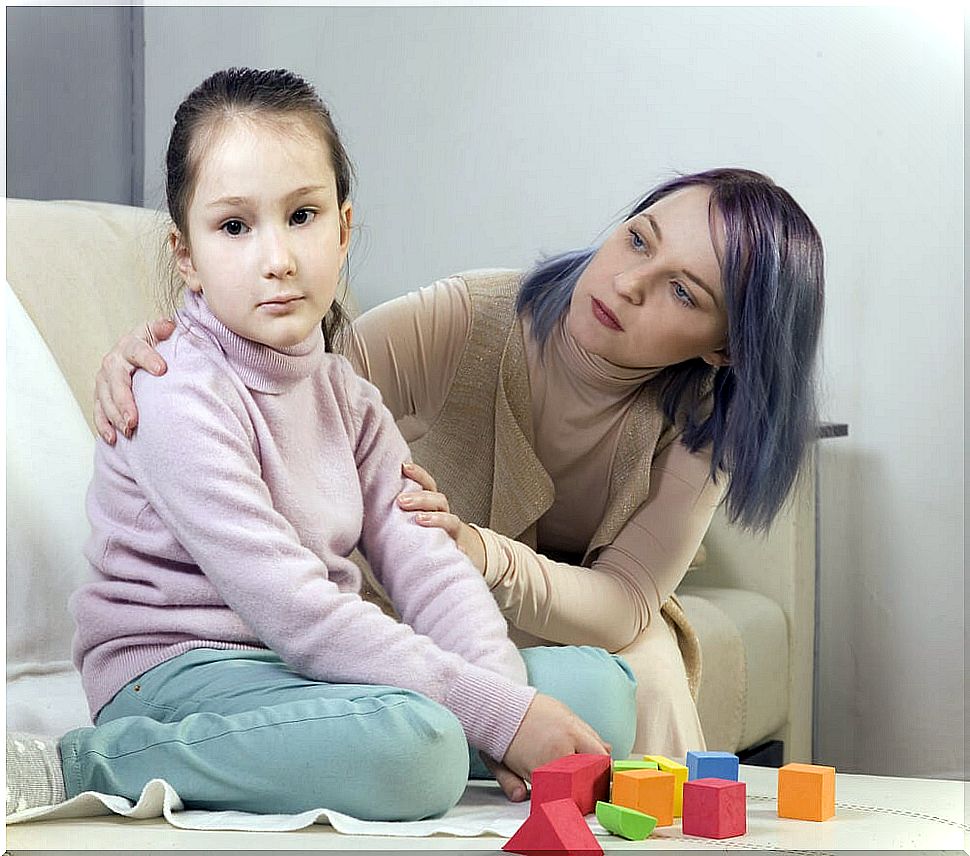
PECS program
The PECS ( Picture Exchange Communication System ) program aims to teach children with autism certain strategies for communication and social interaction. So that the little ones acquire, gradually and progressively, the necessary skills to communicate naturally through the exchange of images or pictograms.
It should be noted that such psychopedagogical intervention programs must always be applied by specialized professionals. Although the involvement of the family is essential for these to be developed successfully and obtain positive results.


